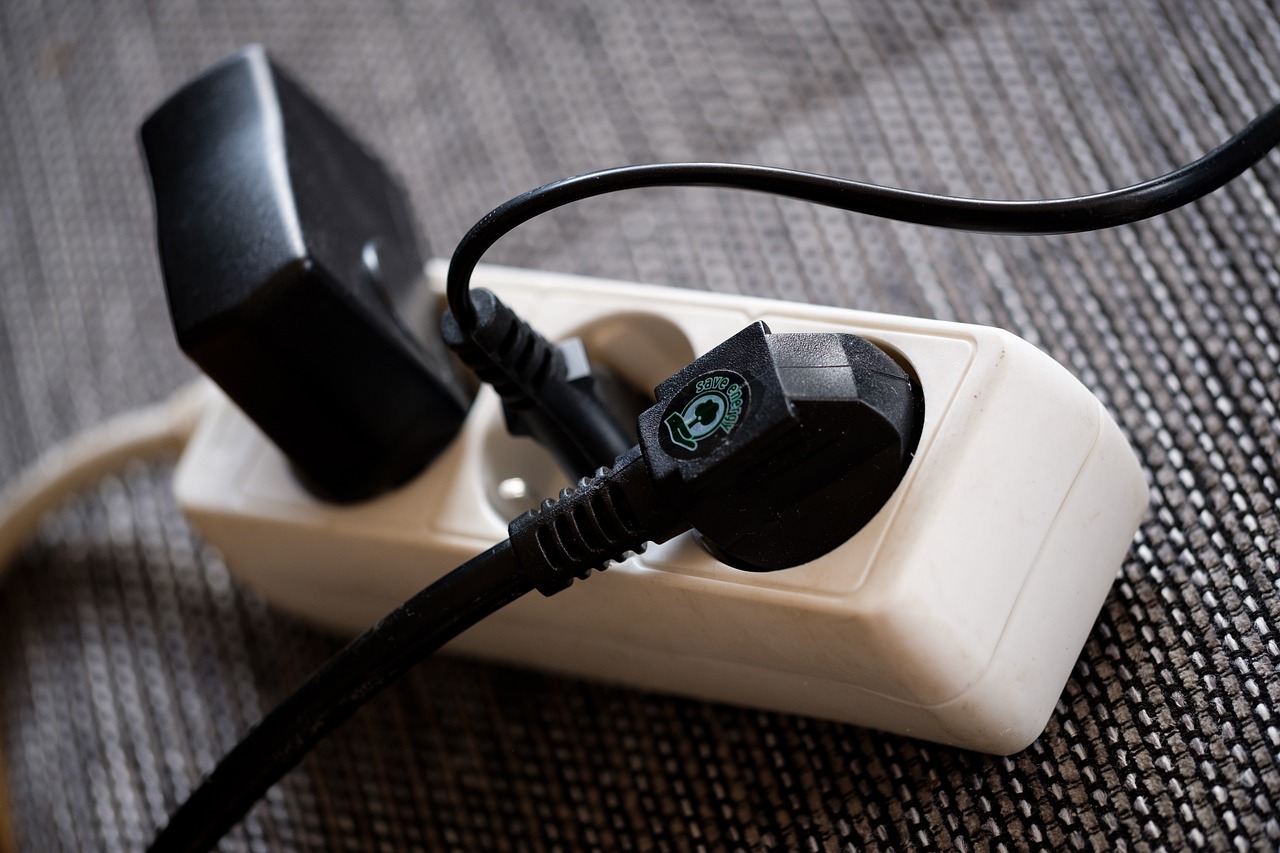Understanding Energy Storage System Power Output: Matching Your Household Needs

When considering an Energy Storage System (ESS) for your home, understanding its power output capability is crucial. This aspect not only influences the system’s ability to meet your energy demands but also ensures compatibility with specific appliances and devices. This post is a detailed exploration of why ESS power output matters and how it impacts your household.
Identifying Necessary Output Power
Properly assessing your household’s energy requirements involves asking critical questions:
Appliance Considerations: Are you planning to install a heat pump or an induction cooktop? These appliances typically have higher power demands during operation. Understanding their power requirements helps determine the appropriate output power of your ESS.
Electric Vehicle Charging: Do you charge an electric vehicle (EV) at home? EV charging stations draw significant power, especially during fast charging sessions. Your ESS must accommodate these high-demand periods without compromising on other essential household needs.
Ensuring Compatibility and Efficiency
Matching Power Needs: The power output capacity of your ESS should align with peak electricity demands in your home. This ensures seamless operation of appliances and devices without exceeding the system's capabilities with the need to buy extra energy from the grid.
Optimizing Energy Use: A properly sized ESS optimizes energy use by supplying adequate power during peak consumption periods. This reduces reliance on grid electricity during high-rate hours, thereby lowering overall energy costs.
Future-Proofing: Anticipate future changes in energy demands due to additional appliances or lifestyle changes. Choosing an ESS with scalable power output capability allows flexibility for future expansions without replacing the entire system.
Practical Application and Benefits
Enhanced Efficiency: Properly matched power output minimizes energy waste and enhances overall system efficiency. It ensures that every watt of stored energy is effectively utilized to meet your household’s needs.
Reliability and Resilience: During power outages or grid disruptions, a robust ESS with sufficient power output provides backup electricity, maintaining comfort and essential services in your home.
Cost-Effectiveness: Investing in the right ESS power output capacity optimizes your energy consumption patterns, resulting in long-term savings on electricity bills and maintenance costs.
Example
Let's engage in a practical example: It's almost dinner time, and in the oven, a Pompoen ovenschotel met rookworst is cooking.
 The preparation needs to stay in the oven for about one hour. Now, let's simplify and assume that the oven consumes 3900W. The installed undersized battery inverter, which is a battery system that cannot fully meet the power demands of the oven, can provide a maximum of 1700W of continuous power, independently from the battery capacity. This means that the oven consumed 3.9 kWh, and the battery supplied 1.7 kWh.
The preparation needs to stay in the oven for about one hour. Now, let's simplify and assume that the oven consumes 3900W. The installed undersized battery inverter, which is a battery system that cannot fully meet the power demands of the oven, can provide a maximum of 1700W of continuous power, independently from the battery capacity. This means that the oven consumed 3.9 kWh, and the battery supplied 1.7 kWh.
A total of 2.2 kWh are still purchased from the grid for about 70 cents at the Current Electricity Rate.
If the family's habits, including the passion for ovenschotels, had been considered during the ESS design, a 5000W continuous power battery system would have been chosen, which could have saved about 70 cents for every nice family dinner.
Conclusion
Understanding the importance of ESS power output is essential for homeowners seeking to optimize energy usage and enhance household efficiency. By addressing critical questions about appliance usage and future energy needs, you can identify the appropriate power output capacity for your ESS. IngenLogics specializes in designing tailored energy storage solutions that meet specific power demands, ensuring reliable and cost-effective energy management in residential settings. Make informed decisions about your energy future by choosing an ESS with the right power output today.



